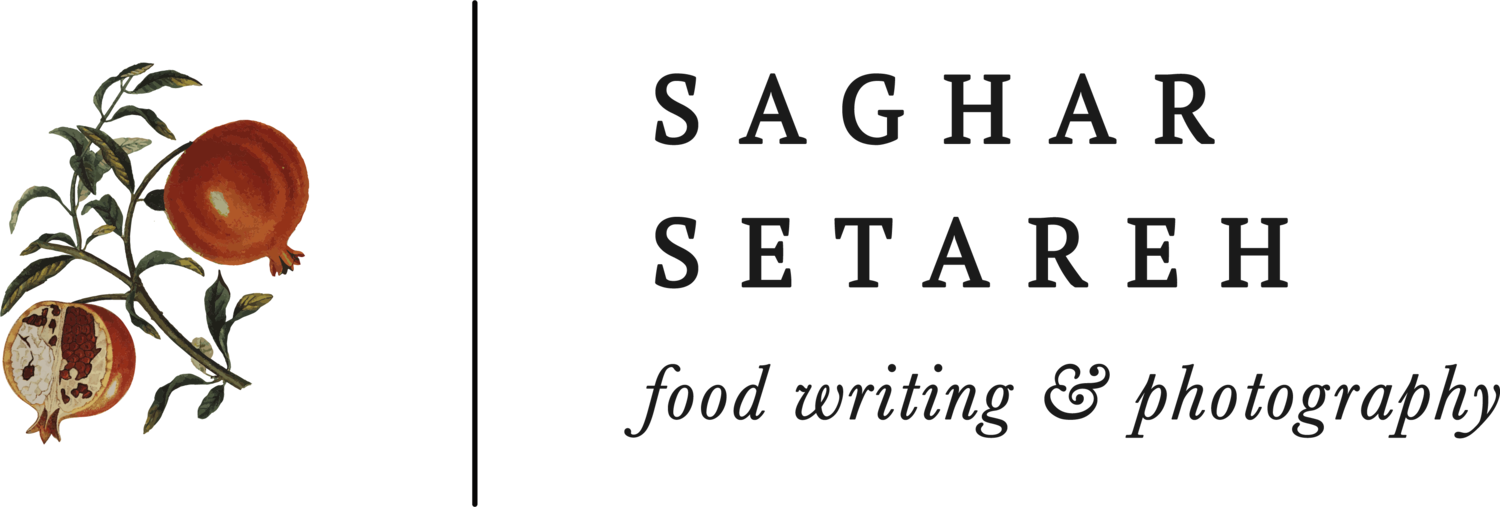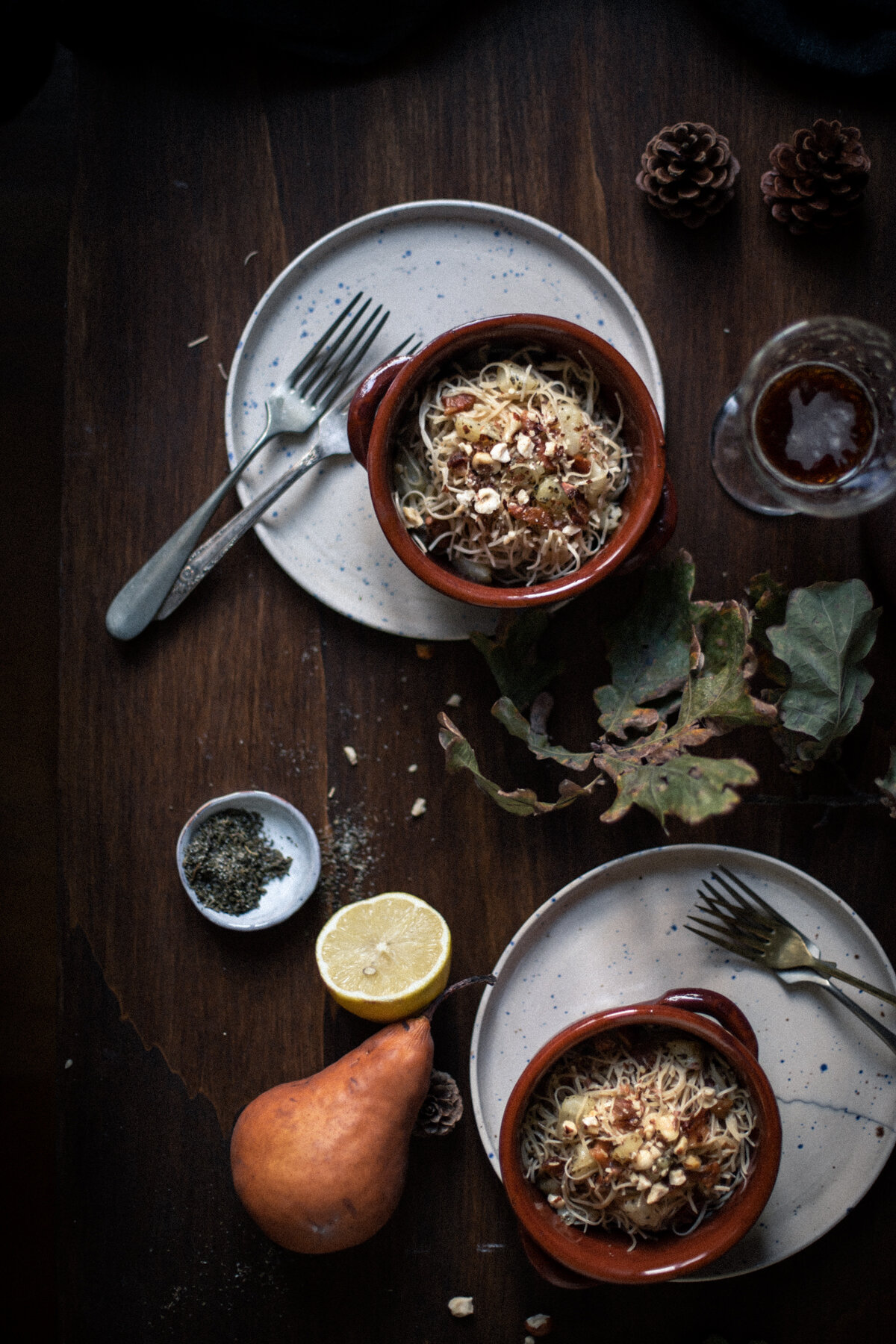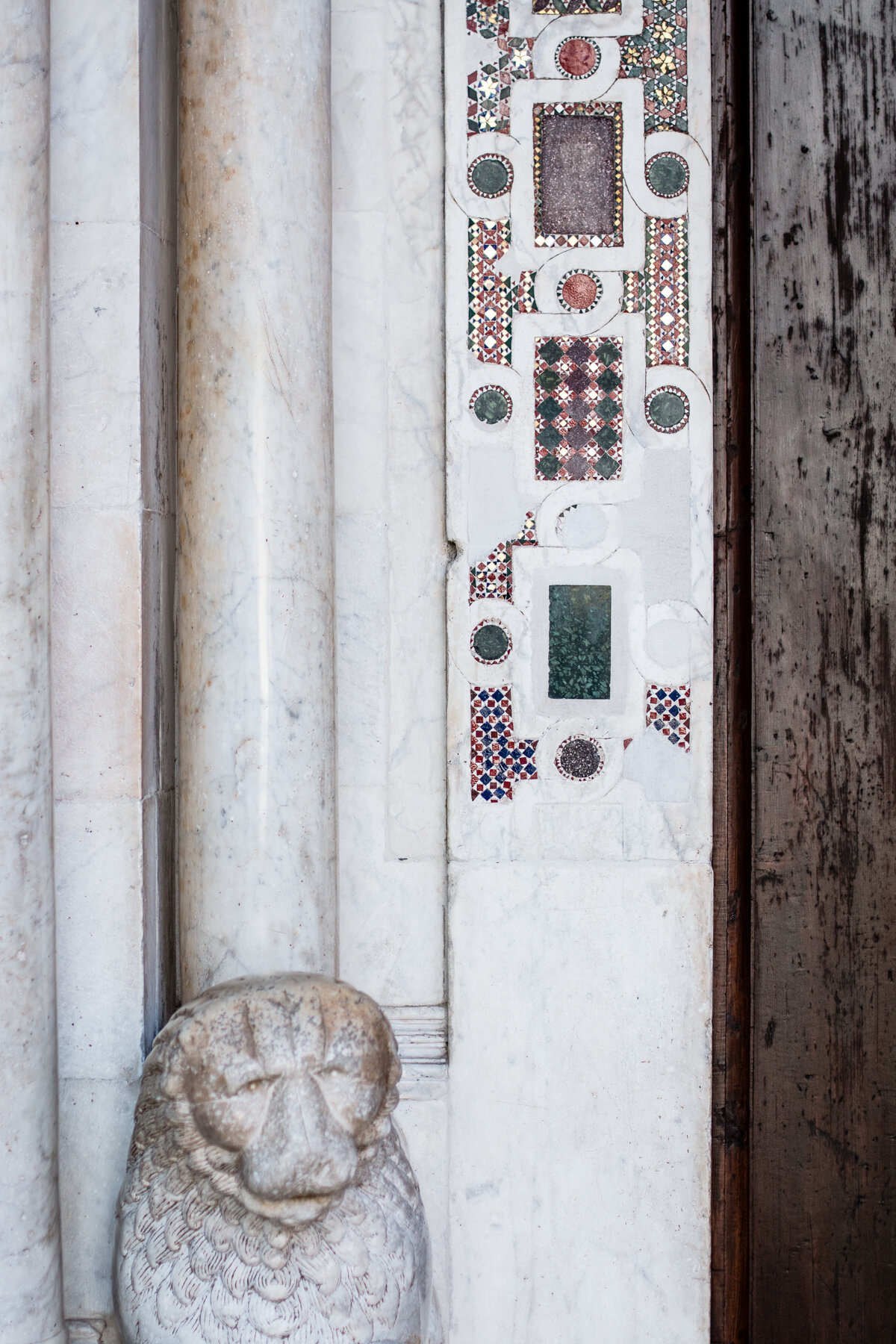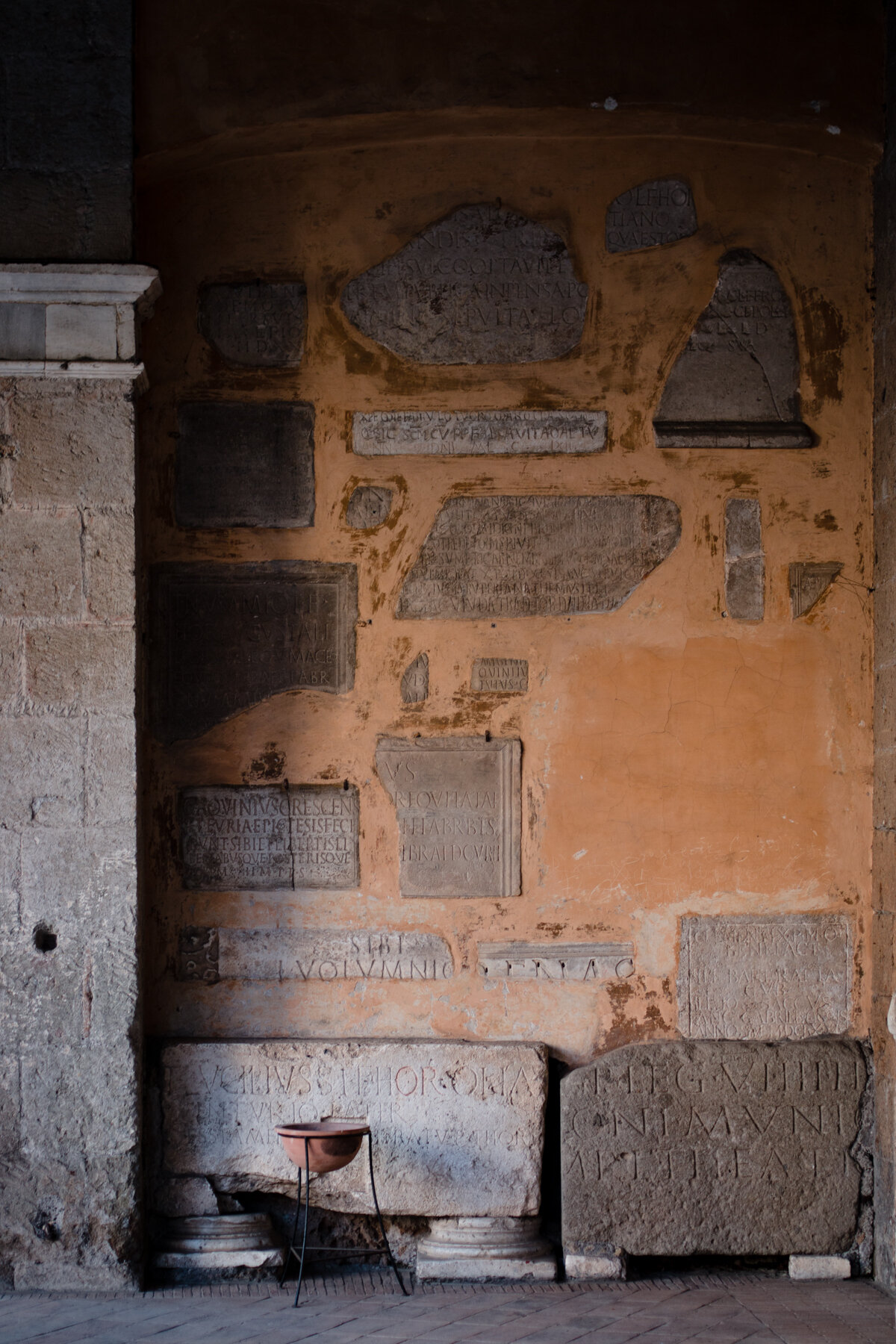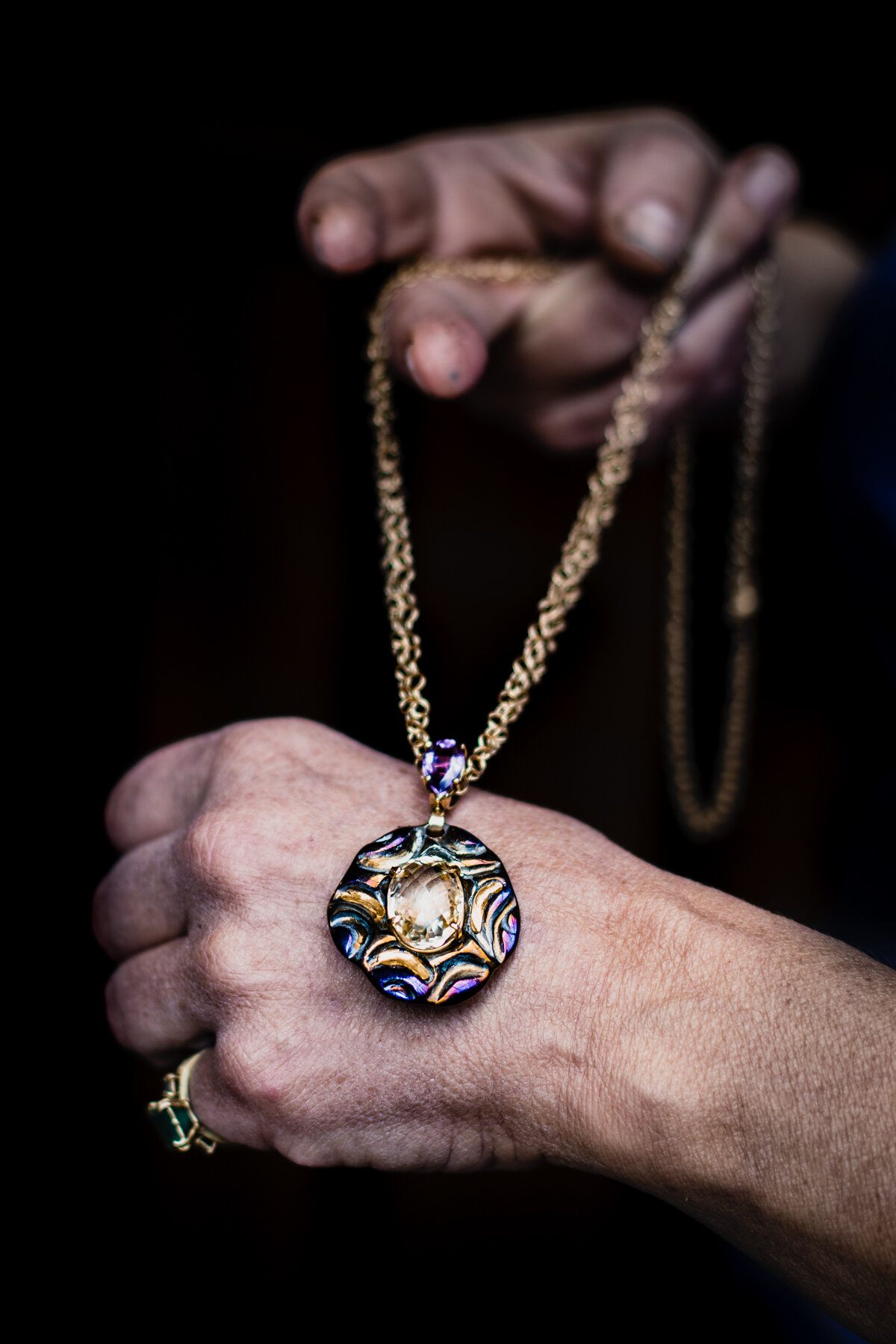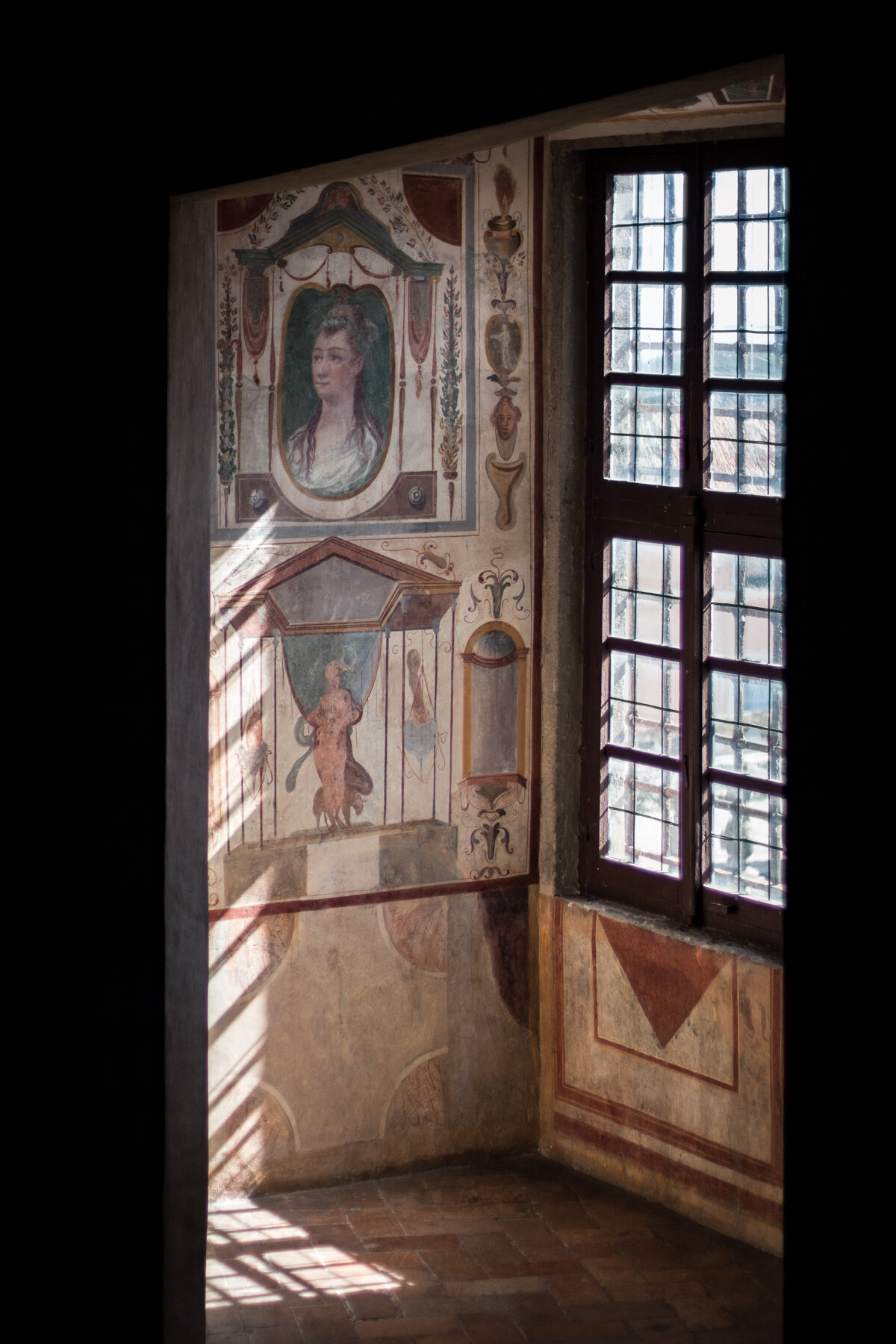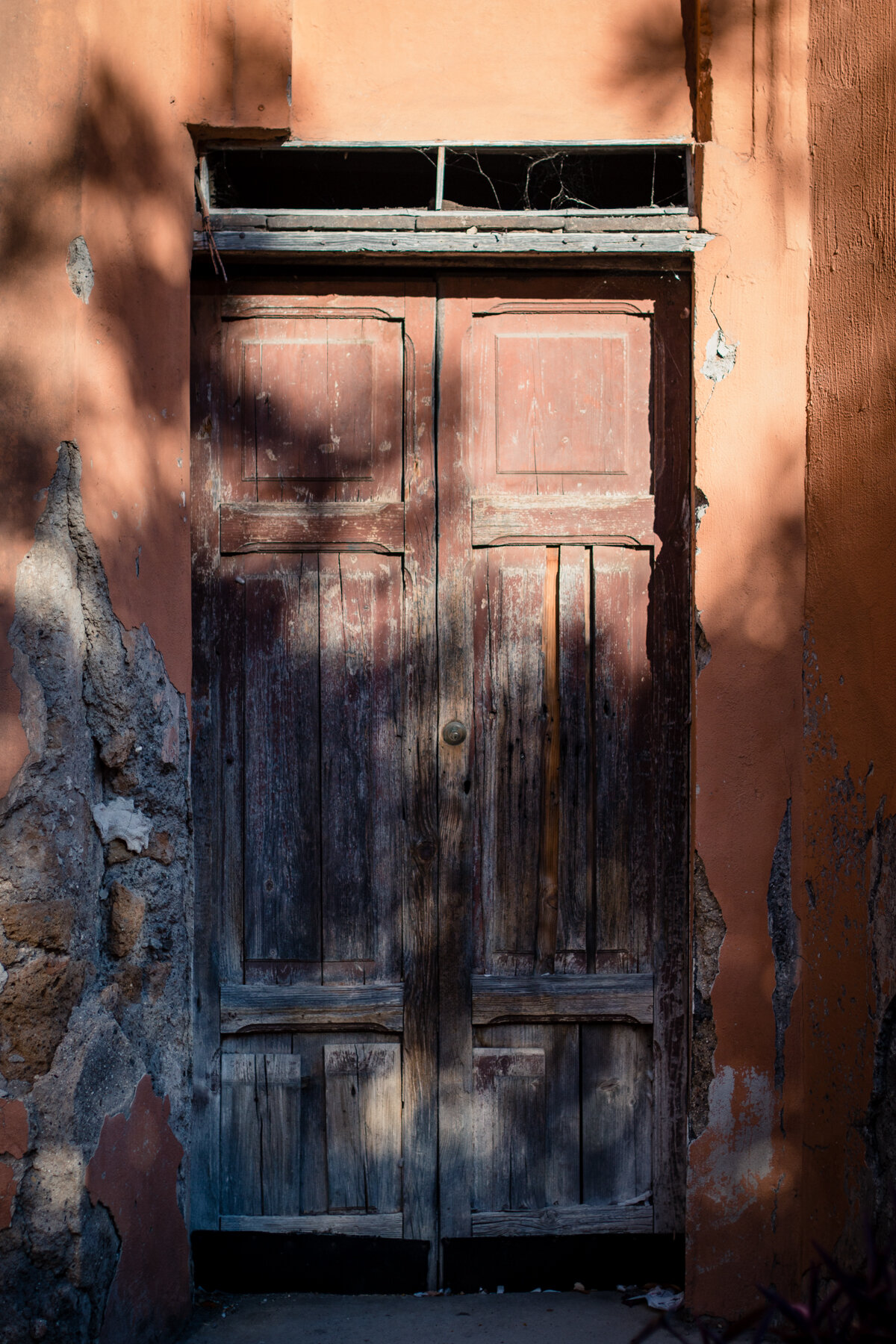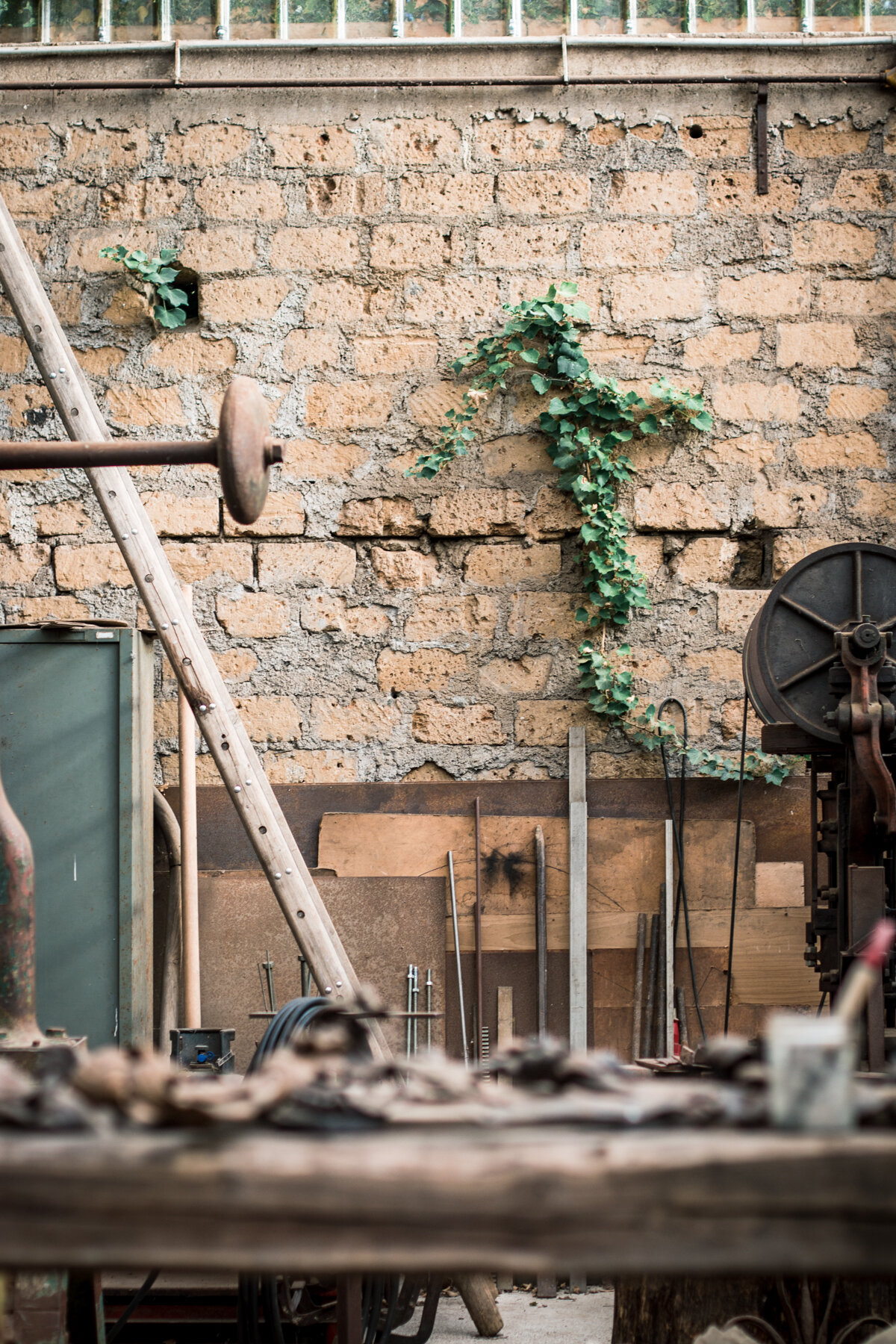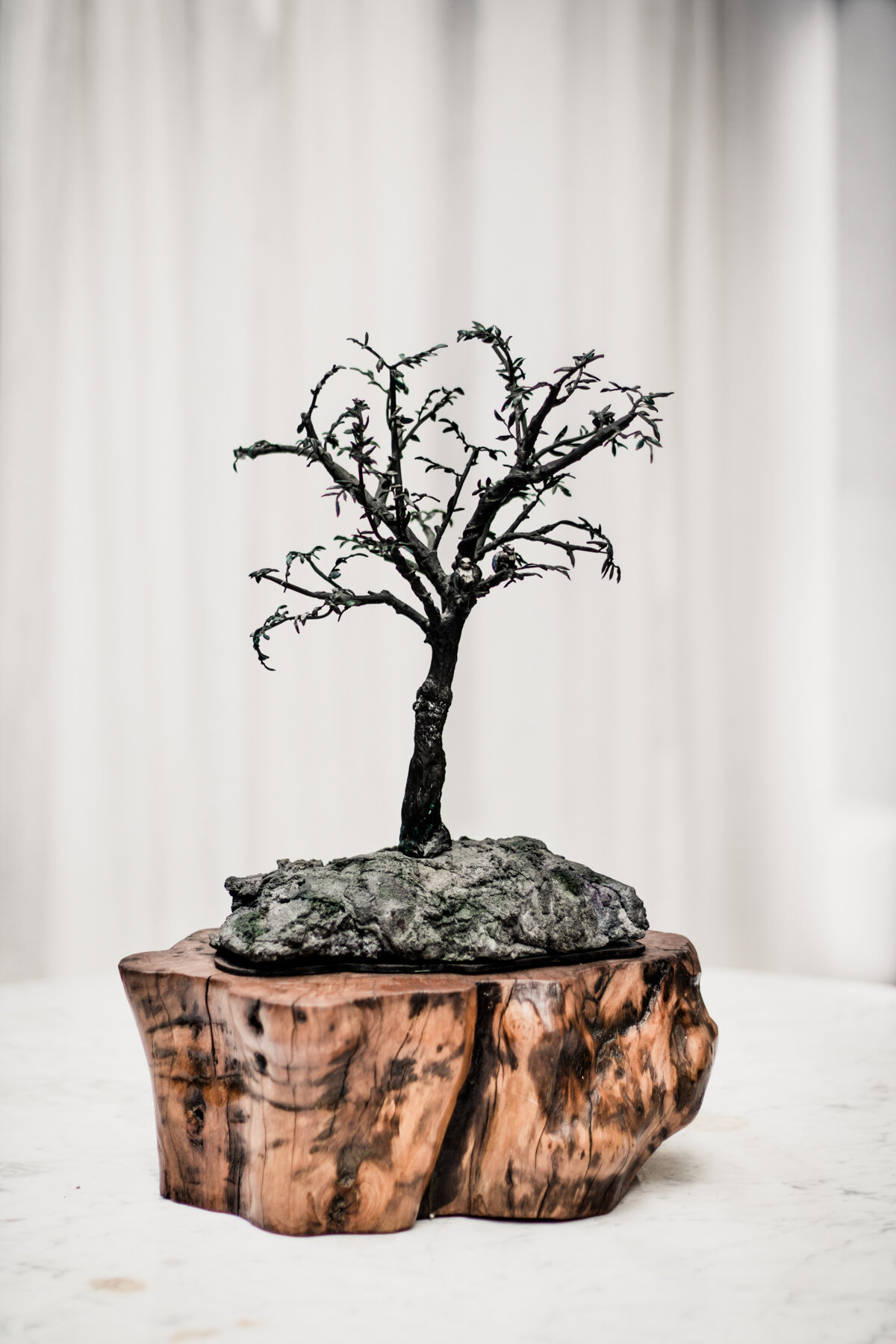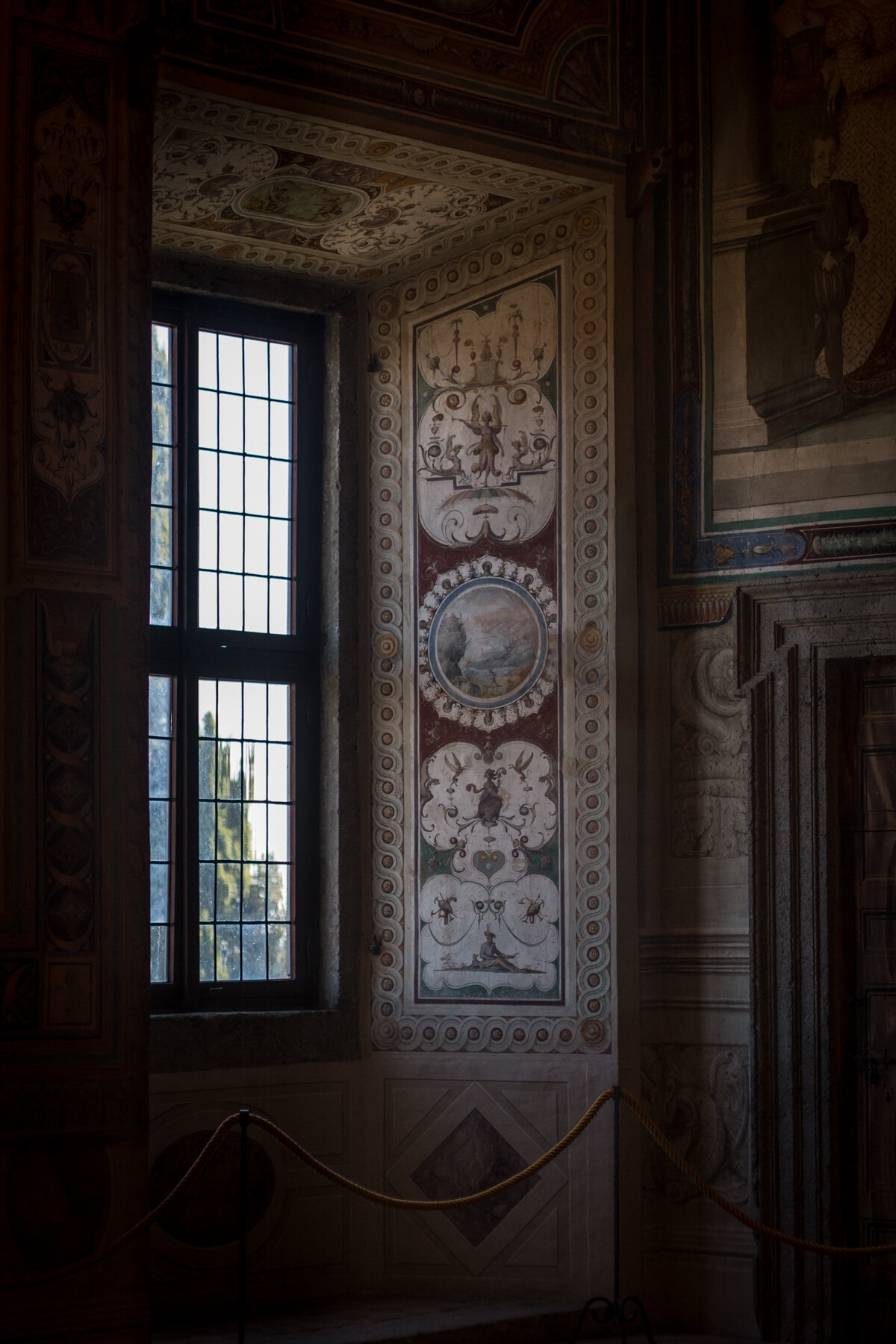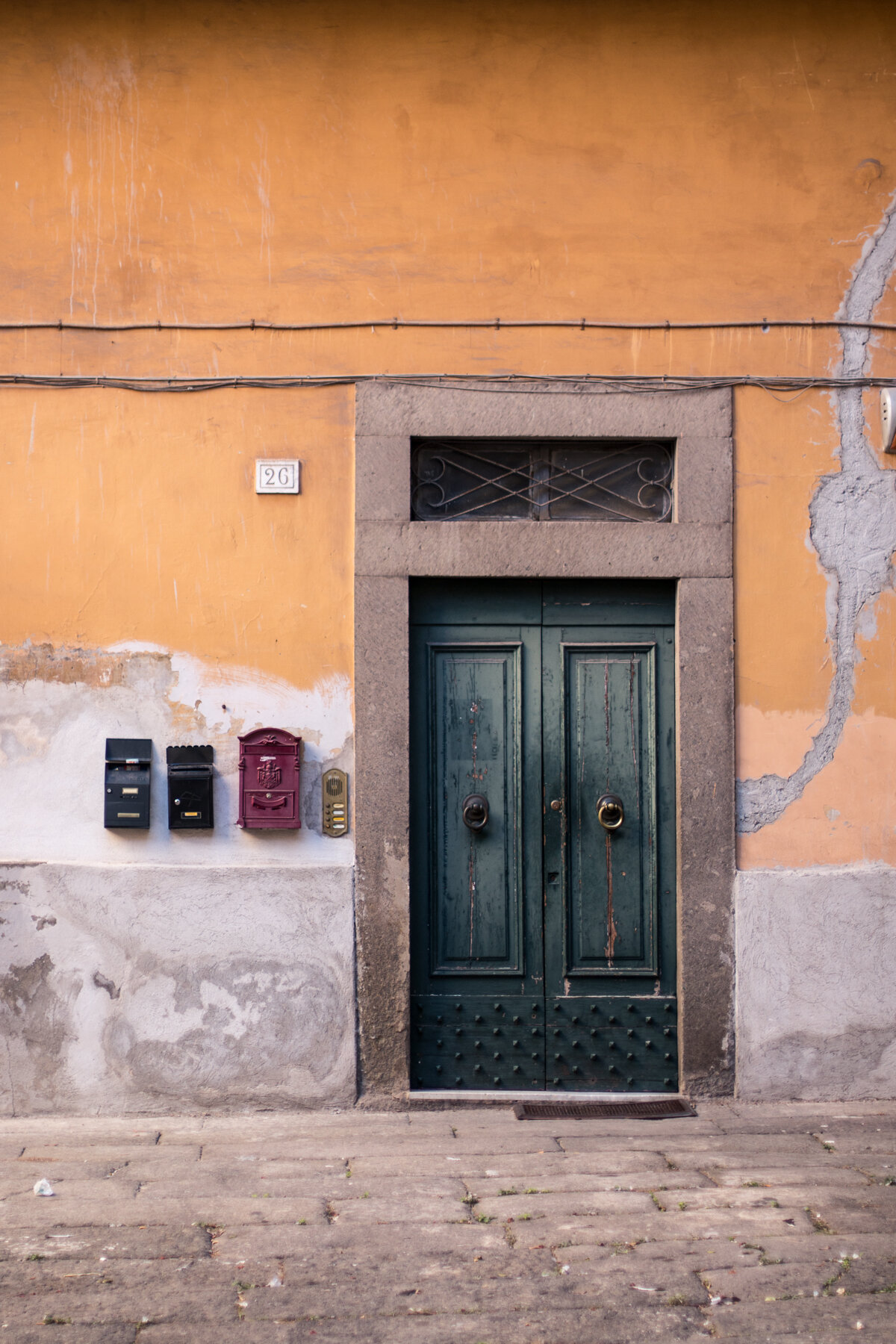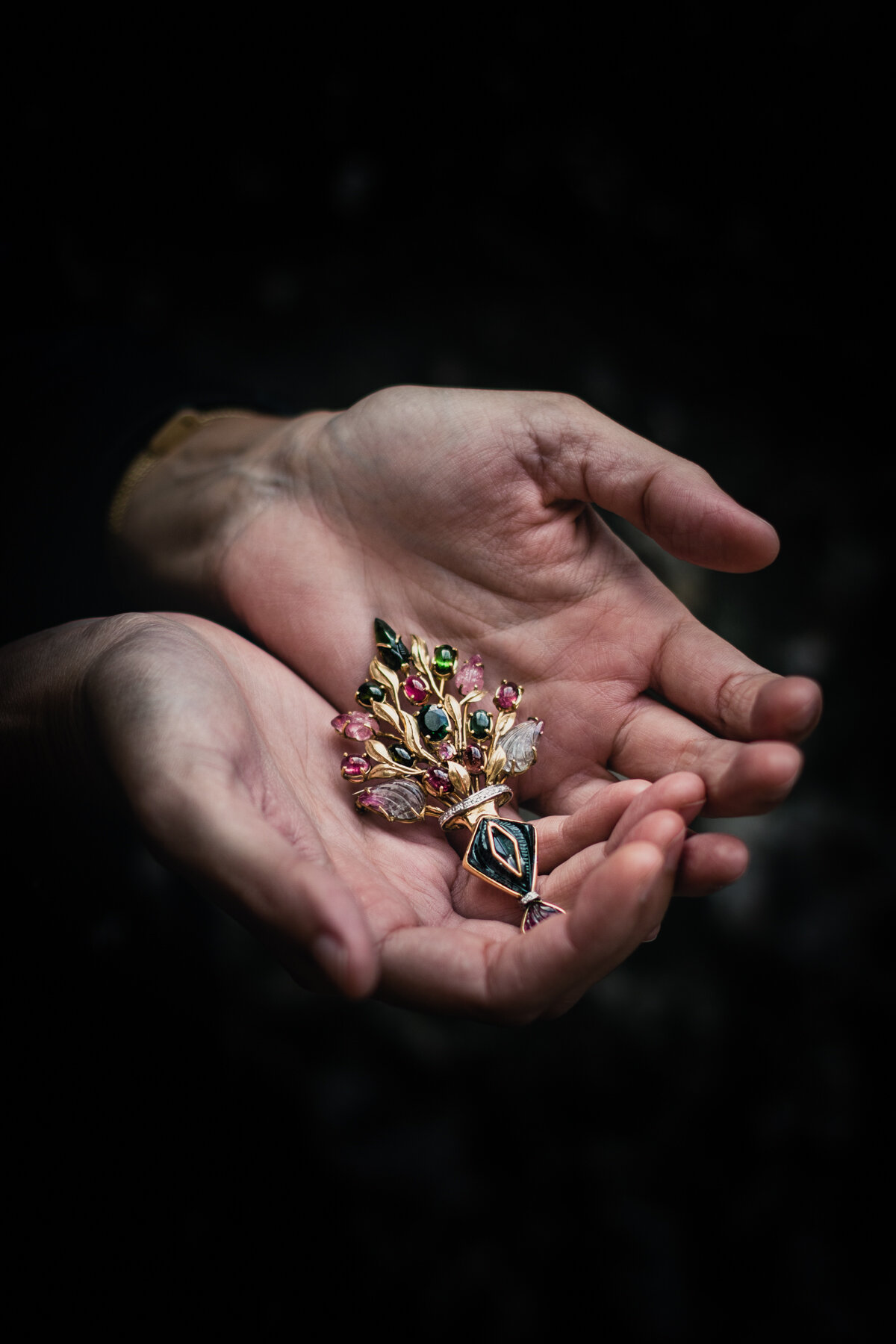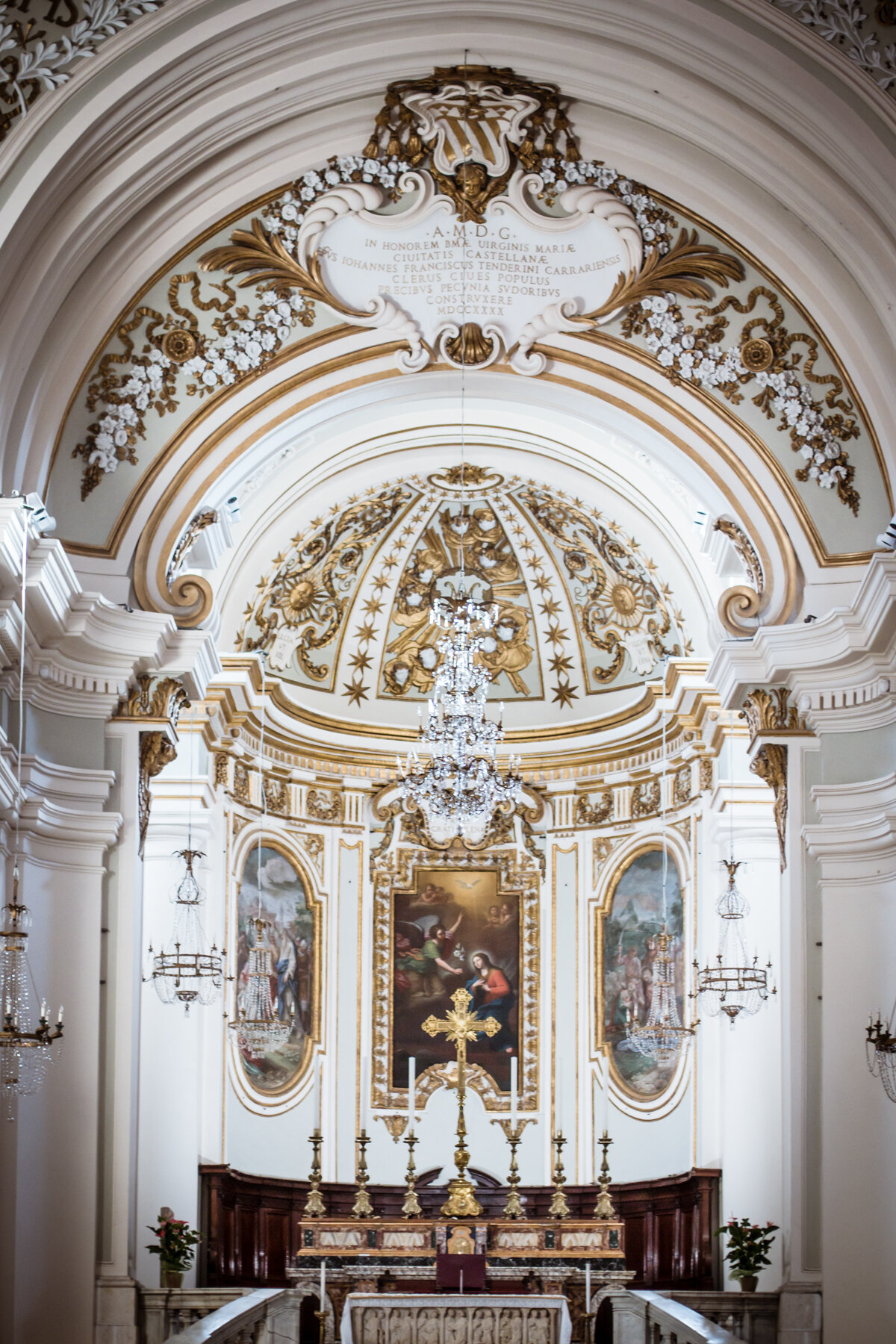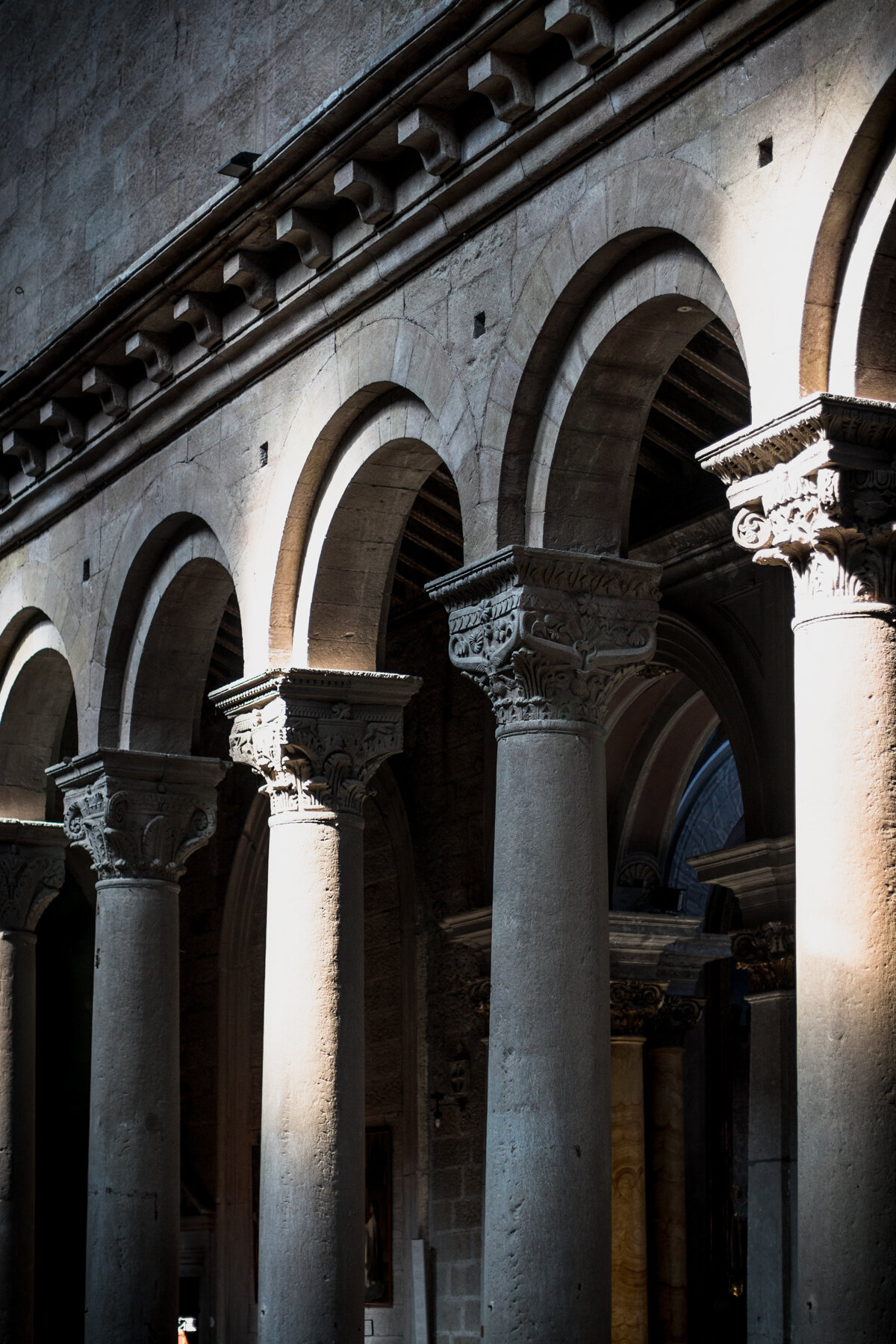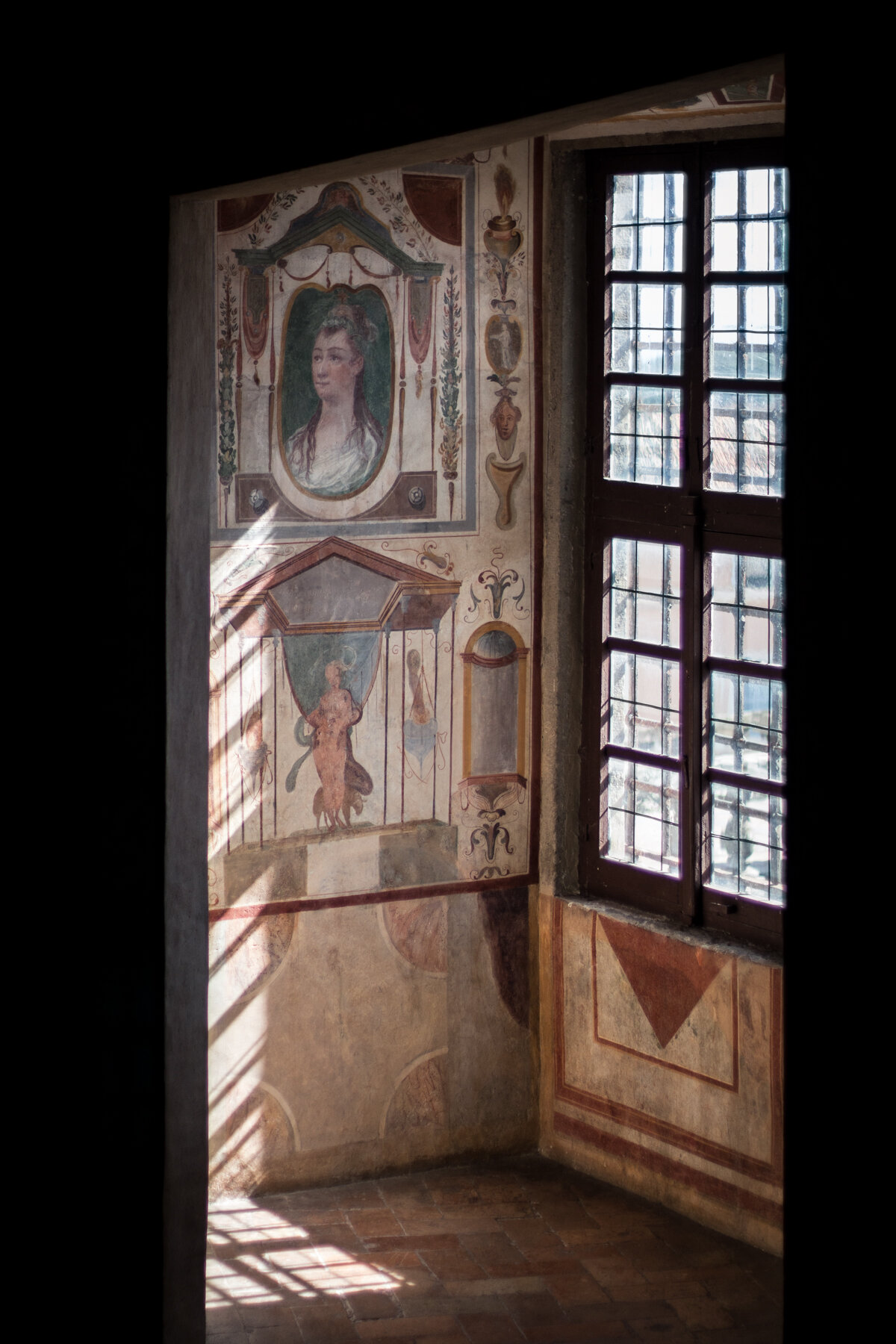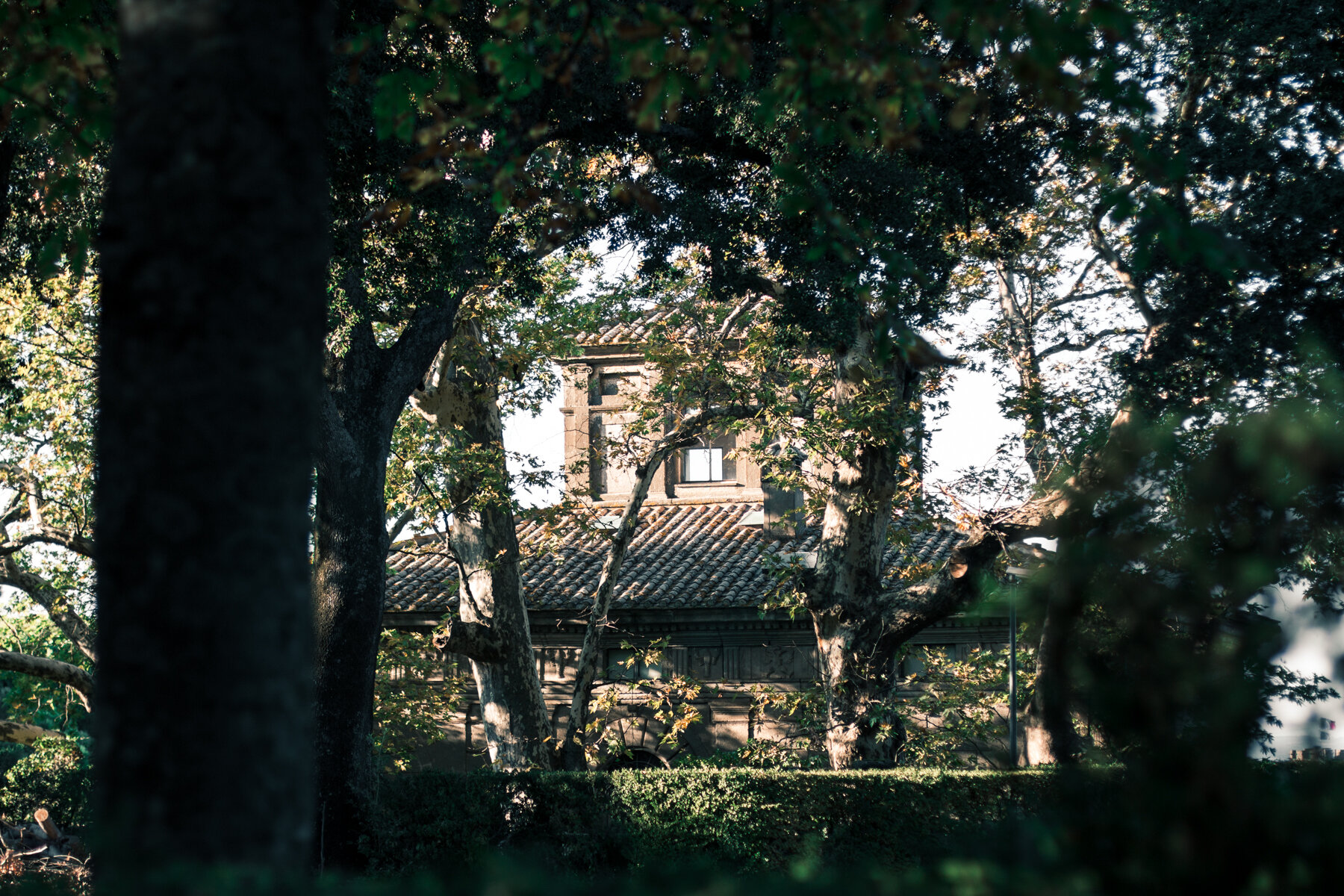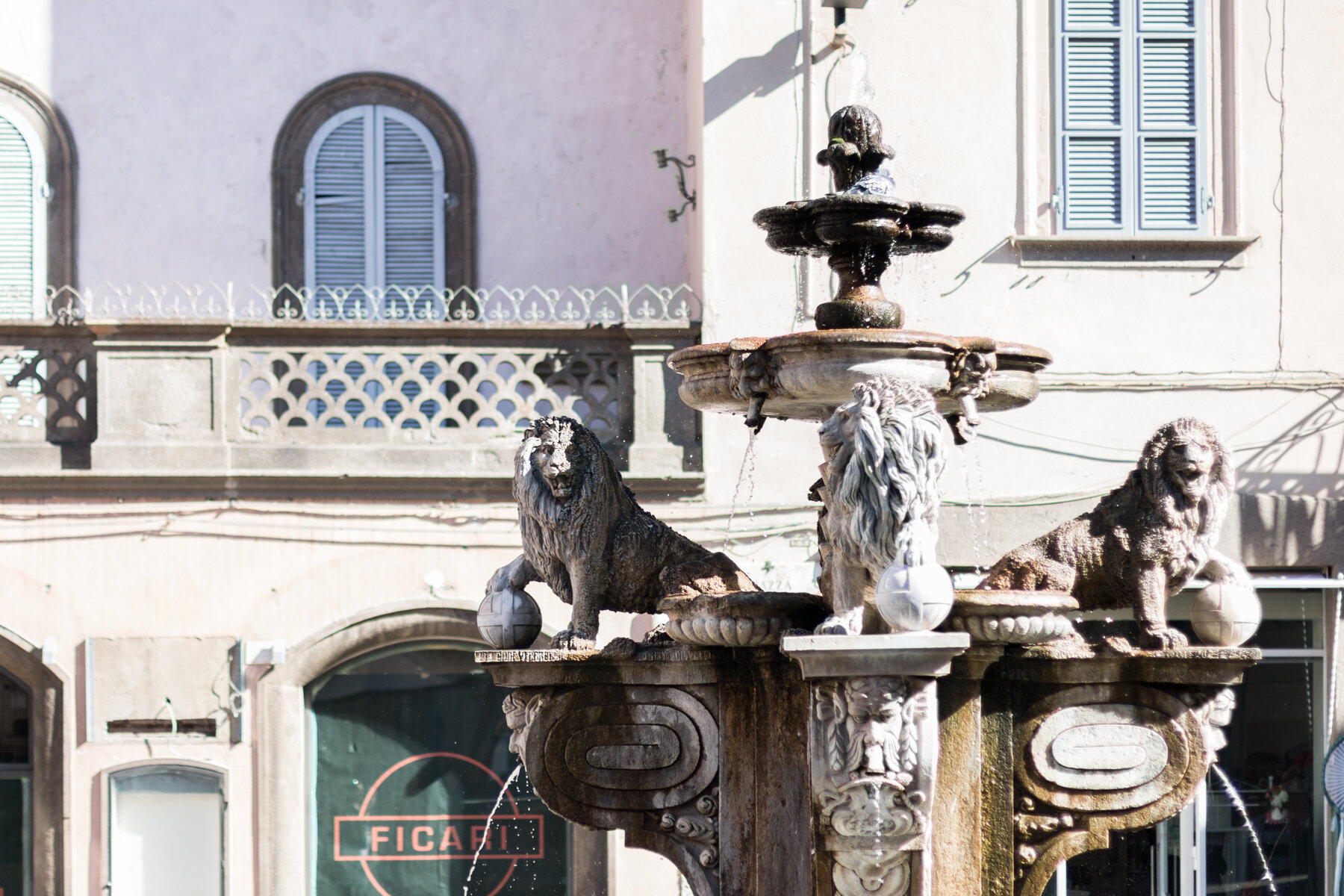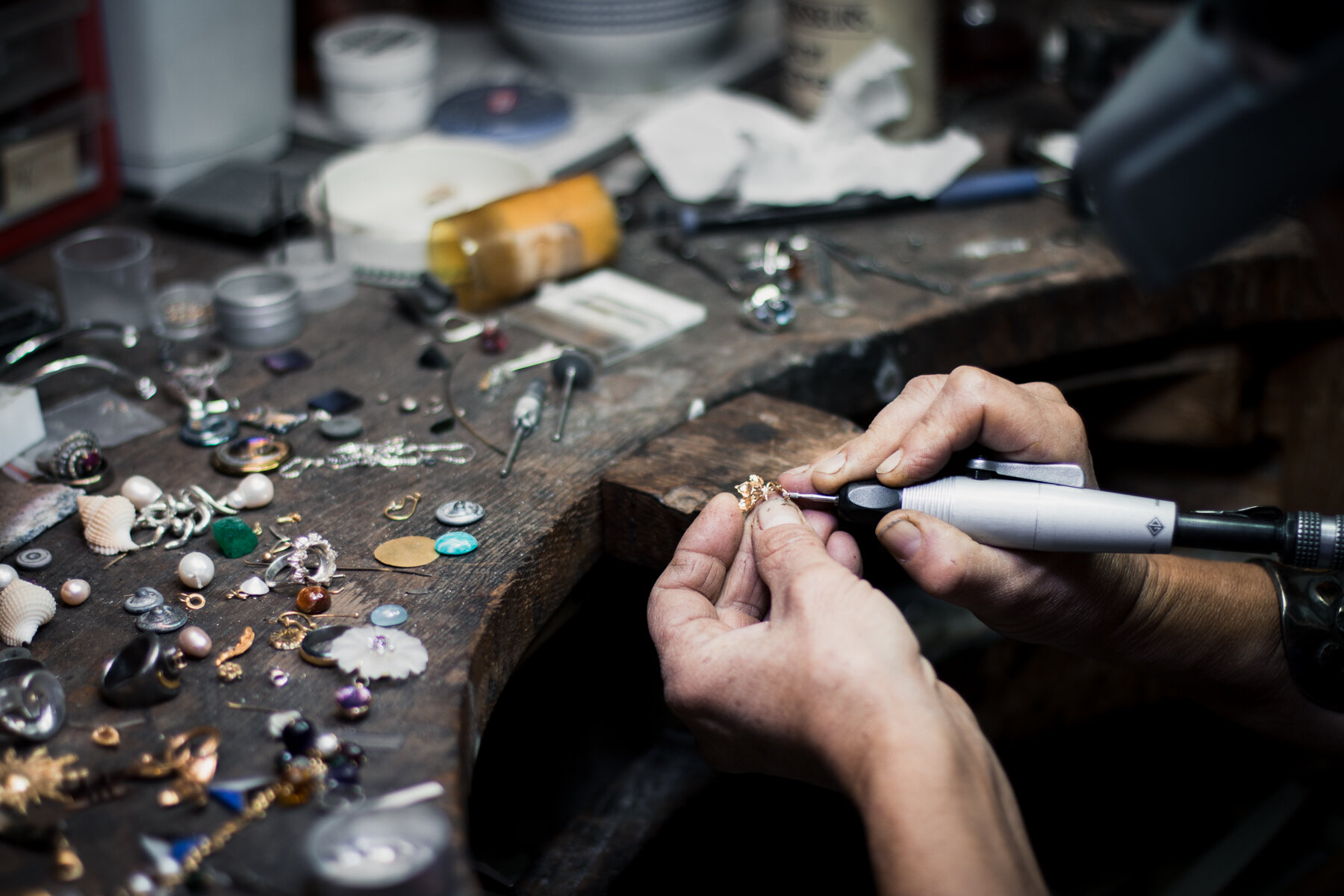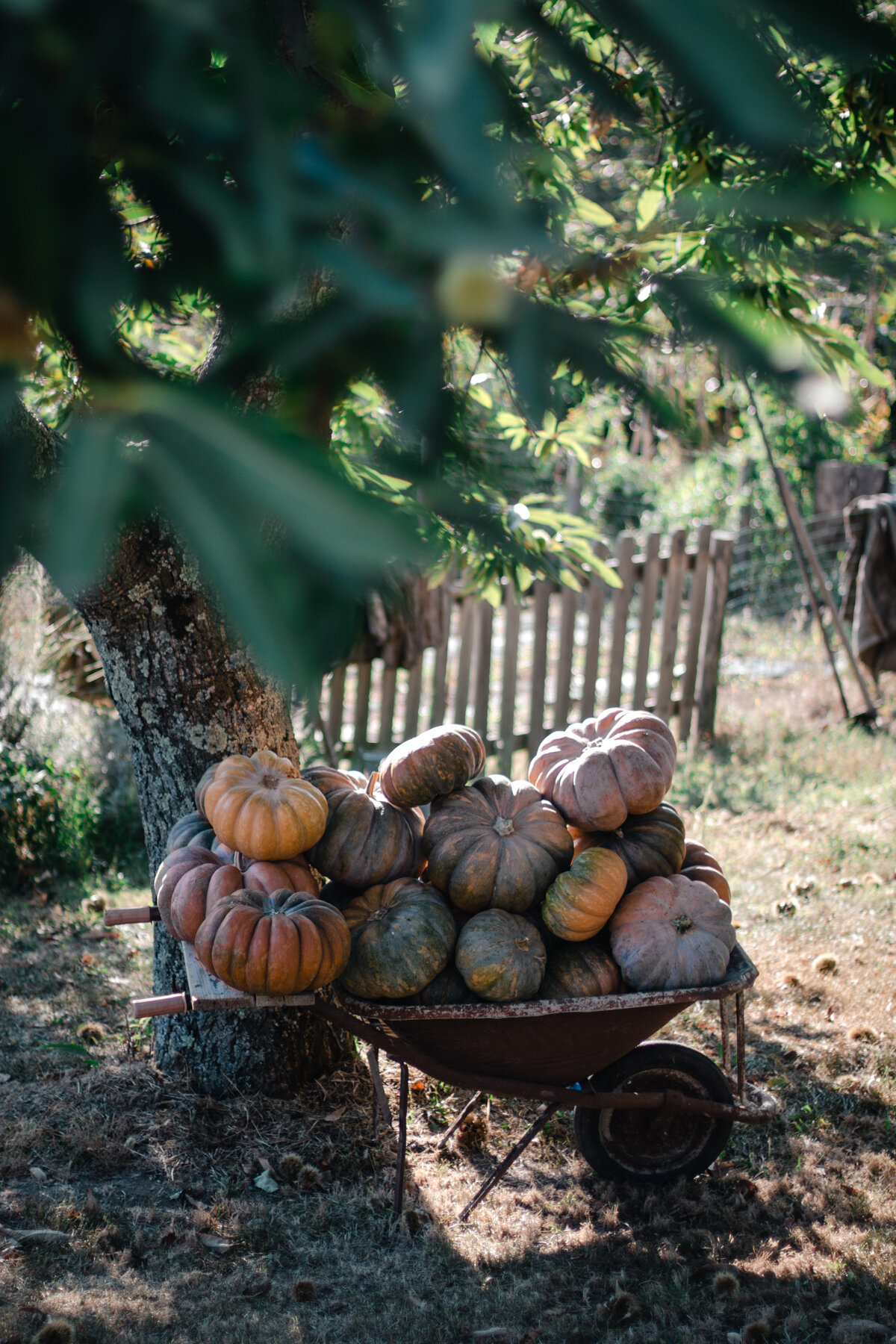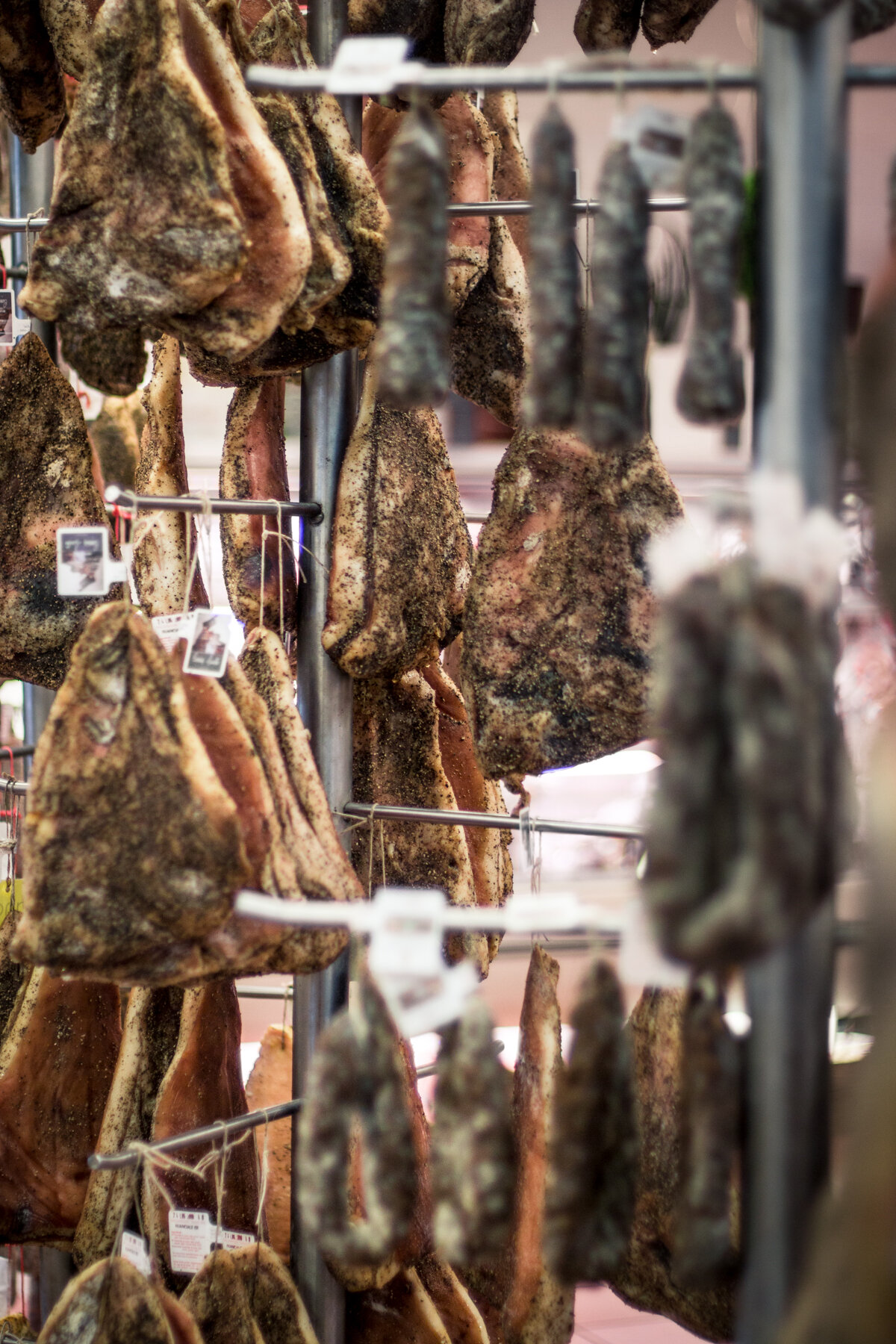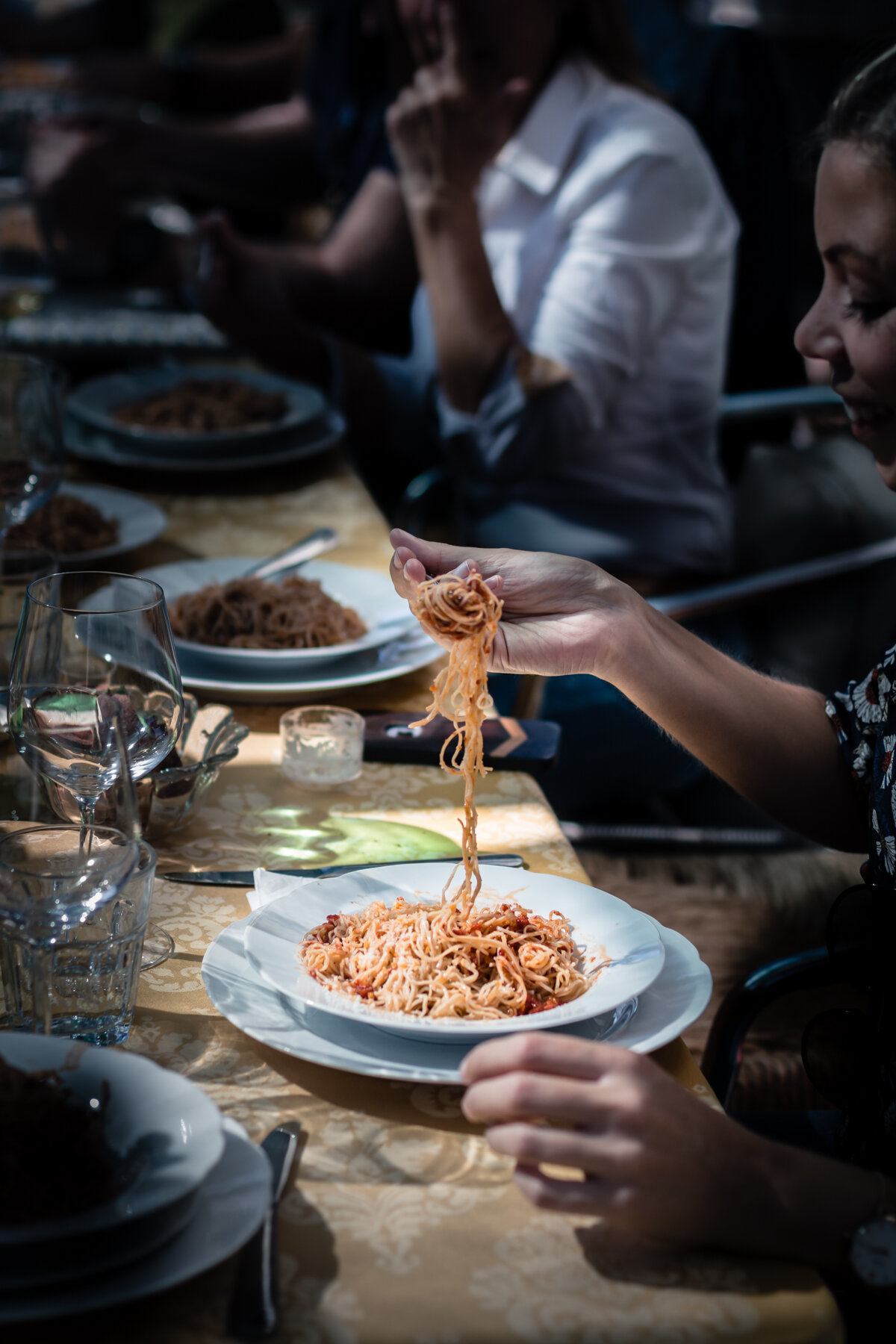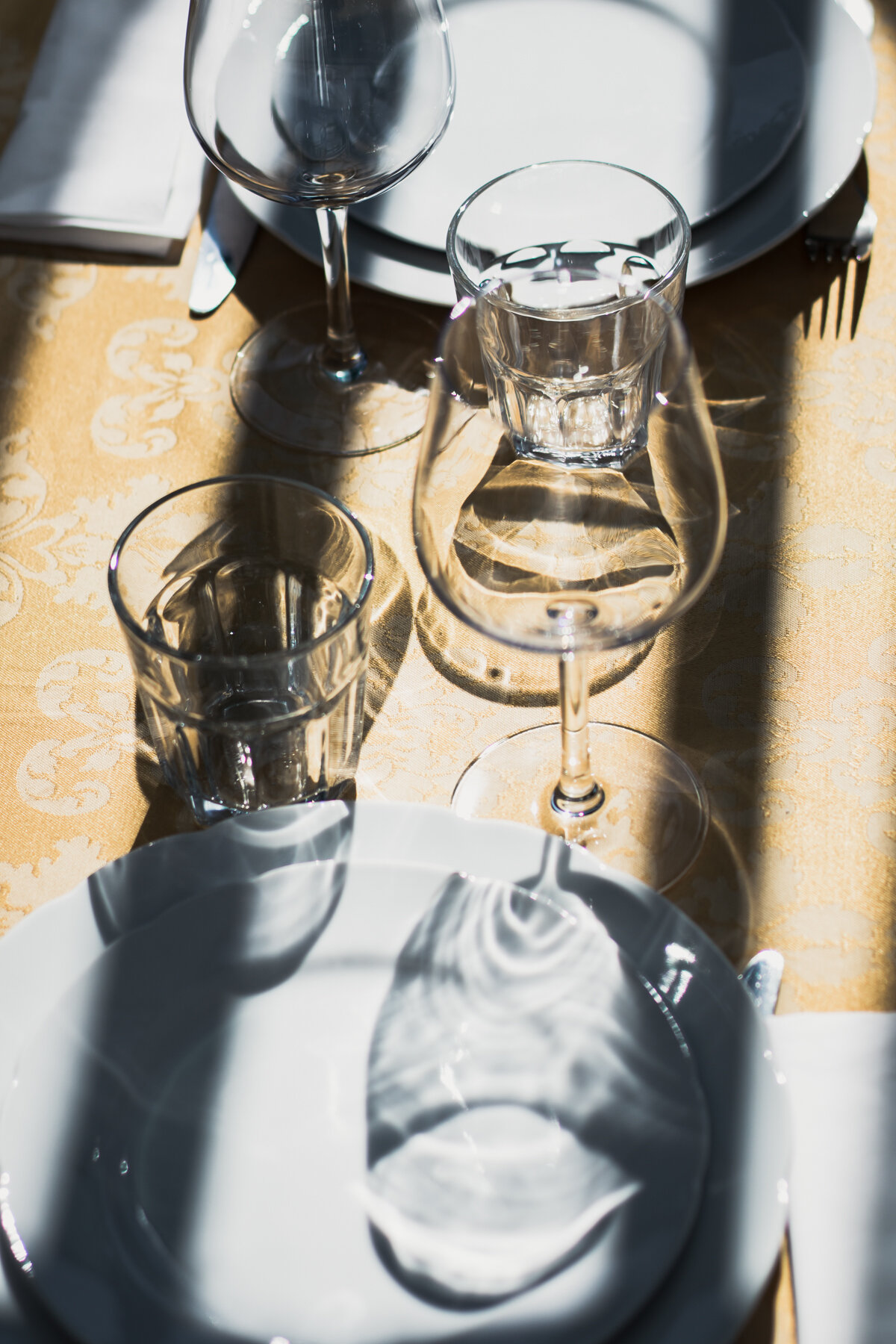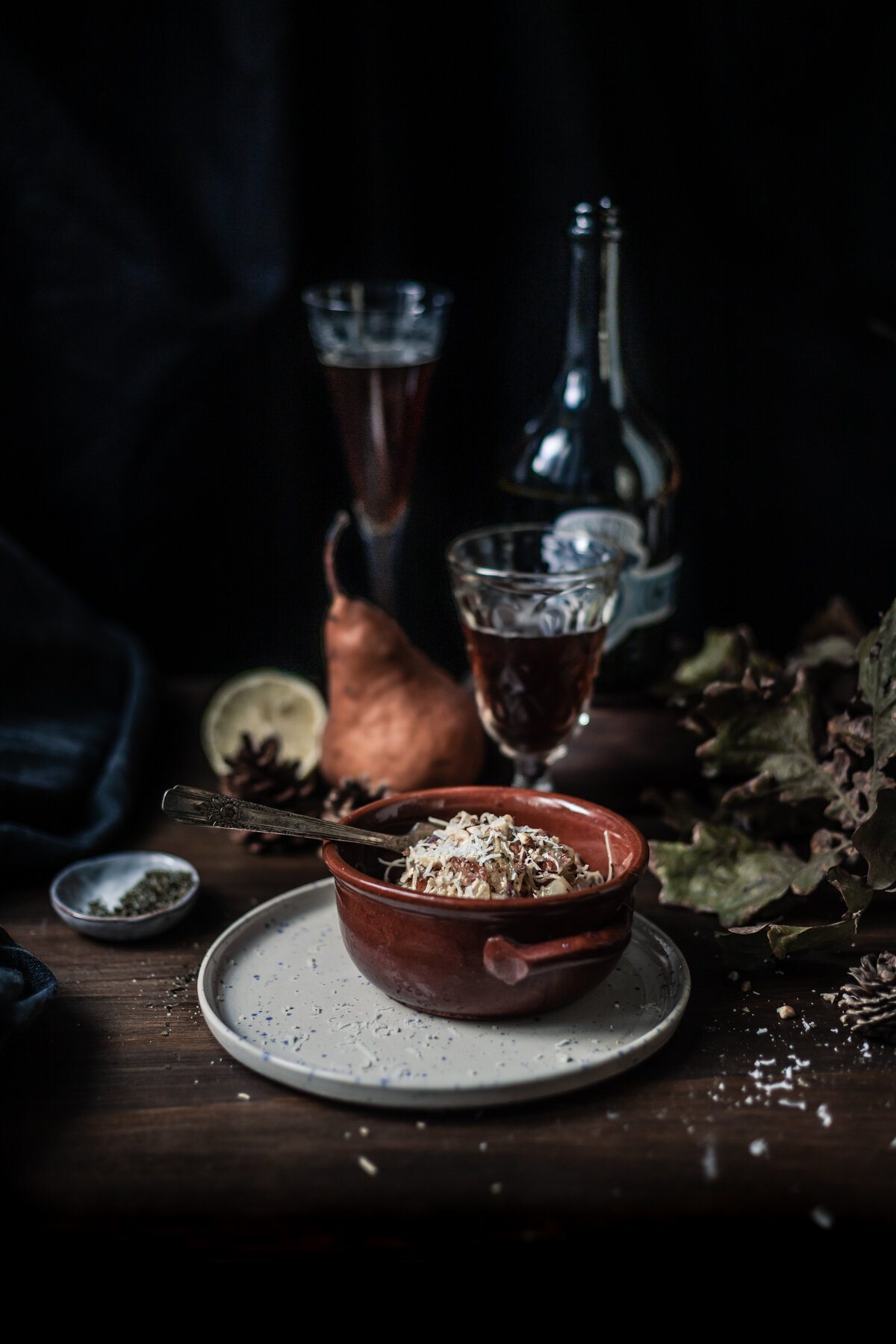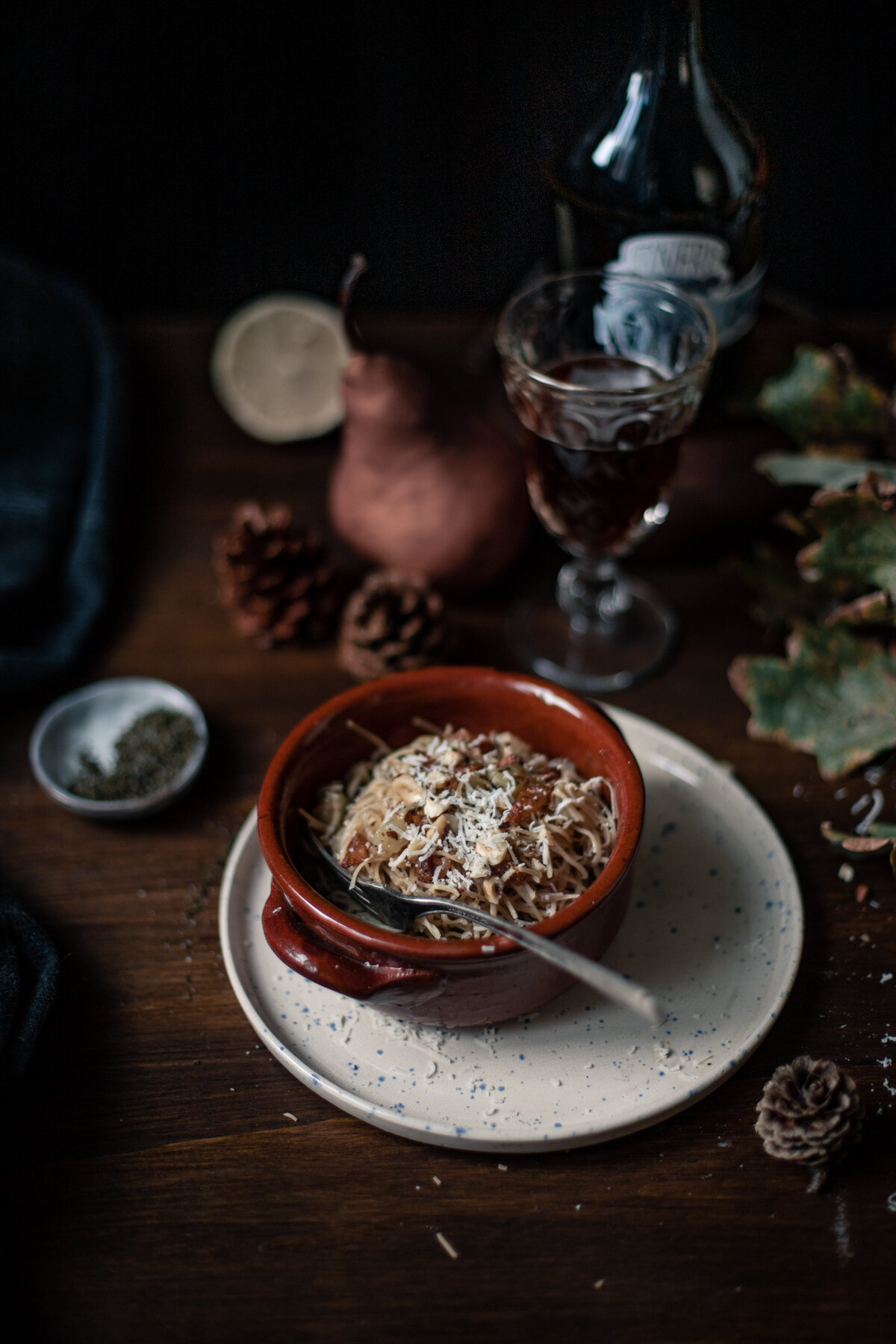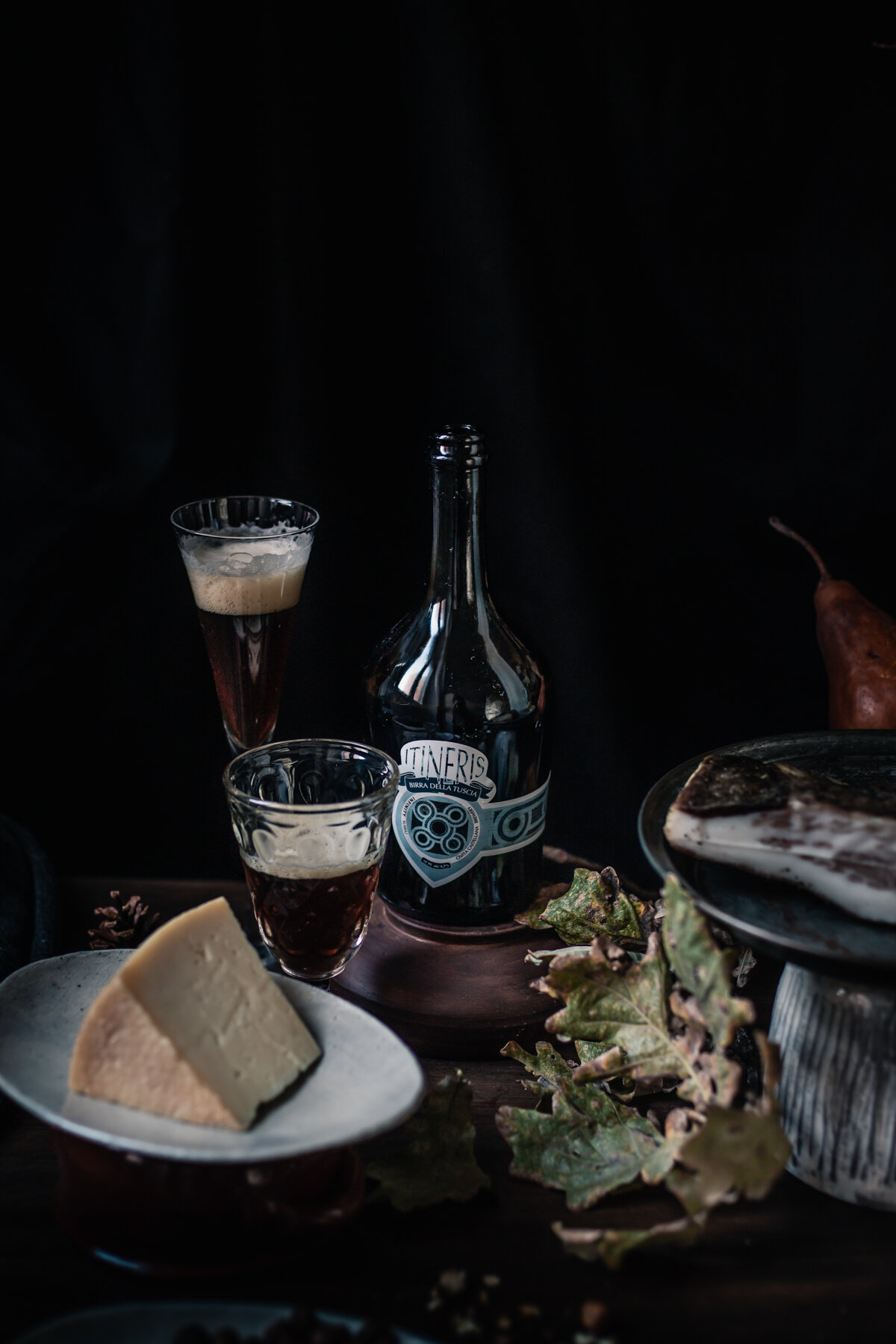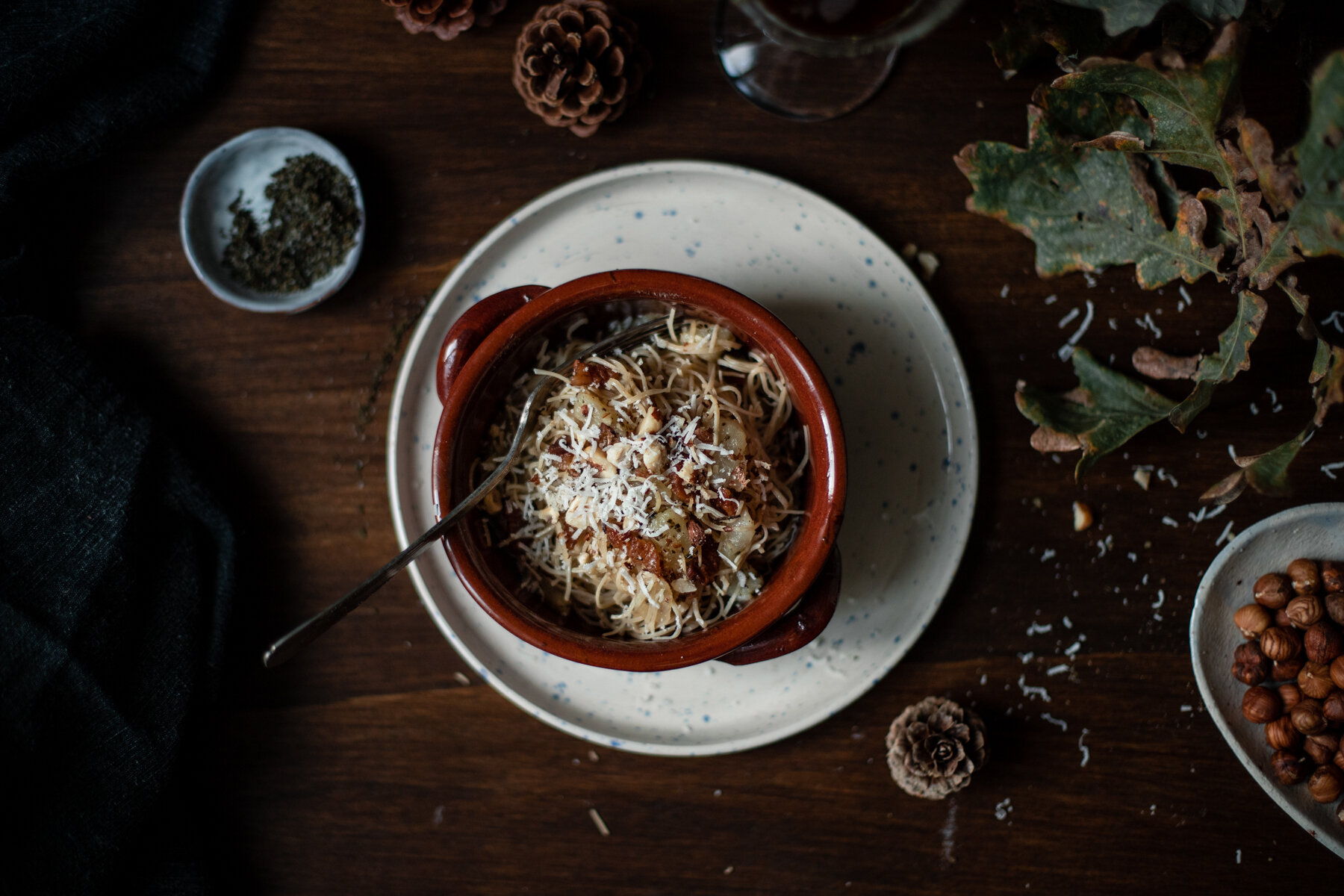The wonders of Tuscia, a hidden gem up north Rome and in the south of Tuscany
PLUS A RECIPE FOR “HAY” PASTA WITH CRUNCHY GUANCIALE, HAZELNUTS AND PEARS
This post is in collaboration with the Chamber of Commerce of the city of Viterbo and Italian Stories that took us on a blog tour in October 2018.
WHY “SLOW” TRAVEL IS NECESSARY
If Italy has been in your travel radar lately, or if you’re a resident in Italy with tourism in your radar, you might have come upon some articles in the recent months inviting you to go beyond Chianti, or anywhere in Tuscany when organizing your next holidays in this beautiful country. The truth is that while responsible and well dosed tourism helps keeping communities alive, flourishing local economies and revitalizing the otherwise vanishing cultures, irresponsible fast tourism does the exact opposite; in other words it destroys our favorite, beautiful spots on earth.
It’s time we looked beyond the old classics. Not because they no longer have wonders to offer us, but because in order to preserve those wonders, we need to cherish the treasures of other less know places. Equity; this is the concept of our era, and the tourism industry has neglected it for too far.
THE TUSCIA EXPERIENCE; CULTURE, ART, FOOD
When I first traveled to Tuscia last October, I never imagined to encounter this much richness in history, culture, craftsmanship, art and food. Why did I know so little about a land so close to where I have called home for the past decade (Tuscia is only a two hour drive in the north of Rome, right before the borders of Tuscany)?
The land was home to the ancient Etruscans who ruled in central Italy before (and partly contemporarily with) the Romans. This trail is still visible in the supreme art of ceramics of Tuscia. Many centuries later, the Pope would choose this area for both vacation, and necessary refuge, when he was not safe in Rome. What’s more, Tuscia is also on the last track of Via Francigena; an ancient road and pilgrim route running from France to Rome and Apulia, where there were the ports of embarkation for the Holy Land.
The powerful and wealthy Farnese family — contemporary rivals of the Florentine Medici family during the renaissance — have left breathtakingly beautiful villas and palazzi in the Tuscia area, as well as Rome and beyond. Palazzo Farnese and Villa Lante are two perfect examples of their mind-blowing glory and sophistication.
The Tuscia Experience (which you might remember from my highlighted Stories on Instagram) is a collection of activities and workshops you can do directly with many artisan producers and craftsmen. You can engage in anything from cheese making to bookbinding to ceramic decorations in ancient Etruscan style to ham making workshops and much more. I am leaving the PDF brochure here to download.
PORK, WHEAT, CHEESE AND “MAGIC HERBS”, EATING AND DRINKING TUSCIA
It’s a fascinating experience to visit how the irreplaceably famous cured meatsof Italy are made. From prosciutto (which is made in a couple of different ways), to salami, to guanciale, the cured pork cheek so beloved to Romans, and the quintessential ingredient to Roman classics such as Amatriciana and Carbonara.
Regional products of Tuscia
Simonetta and her sister run the Coccia Sesto Prosciuttificio, the ham making factory their father founded decades ago, that now they have successfully expanded. You can visit the process, shop their products and have lunch all at the same place. Apart from their own cured meats, they also serve cheese and other specialities (I was the only one brave enough to try pork’s ears, cooked under a porchetta).
Antonio Brizi runs Il Fiocchino, a sheep cheese making factory somewhere near lake Bolsena. The sheep milk he uses is from the Tuscia area near his factory and in his own words that, plus natural lamb rennet, enzymes, salt and time are the secret ingredient for one of the best pecorino cheeses I have ever tasted. The fieno pasta is very popular in the town of Canepina, in Tuscia. Fieno literally means hay in Italian, which indicates the thinness and the yellow color of this delicate egg pasta. Not to be confused with paglia e fieno (straw and hay), thick ribbons of pasta similar to tagliatelle that come in two colors of green and yellow. The other name for this typical Canepinese pasta, is maccarone, which is equally curious and should not be confused with maccherone, the thick tubes of pasta made in most of southern regions of Italy.
Guido Fanelli runs a small pasta making factory, and is well known for his exceptionally good fieno pasta, among all the other types. The fieno he brings to restaurants comes in large, delicate packages, as if it was a bridal box holding precious handmade lace.
Antonella runs a farmhouse called Sapori di Ieri, which translates to the taste of the past. She cultivates organic vegetables, fruit and herbs, then turns them into sauces, jams and “magical” mixes. Hazelnuts and chestnuts are that grow abundantly in this area are among her special products.
The Itineris brewery, where master Brewer Claudia makes his craft beer, used to be ceramic factory. Here Claudio has created a small paradise of intese yet sophisticated flavors marry in dark bottles of his many types of craft beer.
Marco Camilli, a for pharmacists, runs a legume farm where he cultivates organic pulses. Surpassingly, Marco does not come from a family of farmers, he chose to change careers and started experimenting with agricultural techniques.
FIENO PASTA WITH CRUNCHY GUANCIALE, PEARS AND HAZELNUTS
This is not what you would call an “authentic” dish, but its ingredients are. The producers I mentioned above kindly provided me with them, and asked me to develop a recipe inspired by the simple, yet intense of flavors of Tuscia. I am quite proud of the result (so proud I ate ALL the pasta I cooked for the shooting in one go).
The fieno pasta on itself is surprisingly flavorful. The fatty touch and crunch of guanciale, beautifully contrasts the sweetness of the sautéed pears. Toasted and crushed hazelnuts bring a pleasant chewy texture to delicate pasta. Everything comes together with sharpness of extra-aged pecorino cheese, and then is brightened by the fresh aroma of the “magic” herbs.
Ingredients*:
For 2 portions
300 g Fieno pasta
100 g guanciale
1 pear, peeled
50 g whole hazelnuts kernel
50 g aged pecorino cheese
2 tsp of magic herbs
coarse salt for seasoning the water
Dark beer for serving (optional)
*If you do not have access to these specific ingredients, feel free to substitute them with what you have at hand. In dire situations, guanciale could be substituted with bacon. Just remember to use a good quality, thin pasta. The magical herbs can be substituted with any mix of aromatic herbs preserved in salt.
Method:
Cut the guanciale widthwise to 1 cm thick stripes. Cook in a pan on medium flame until the fat comes out and the gunaciale is nicely brown and crunchy. Remove gently with a slotted spoon to a plate. Keep the fat in the pan.
Reheat the guanciale fat in the pan, adding 1 table spoon of extra virgin olive oil and add the diced pears. Sauté until slightly brown, then add the magical herbs. Cook for one minute then turn off the heat. No need to add salt to pears, since both the fat from guanciale and magic herbs are salty.
Toast the hazelnuts in a pan for a couple of minutes untile fragrant, then bash to get a coarse powder.
Bring a pot of water to boil, season with salt and gently drop the pasta in. The delicate pasta has a brief cooking time so be extra careful not to overcook it.
Put the guanciale back in the pan together with the pear and turn on the heat.
Drain the pasta and toss it in pan with the guanciale and pears. Sprinkle most of the hazelnut powder in (save some for garnish).
Turn off the heat and grate generous amount of pecorino cheese.
Plate the pasta. Drizzle some extra virgin olive oil, sprinkle the rest of the hazelnut on each plate and great some more cheese.
Serve with a cold, dark beer with spicy notes.
